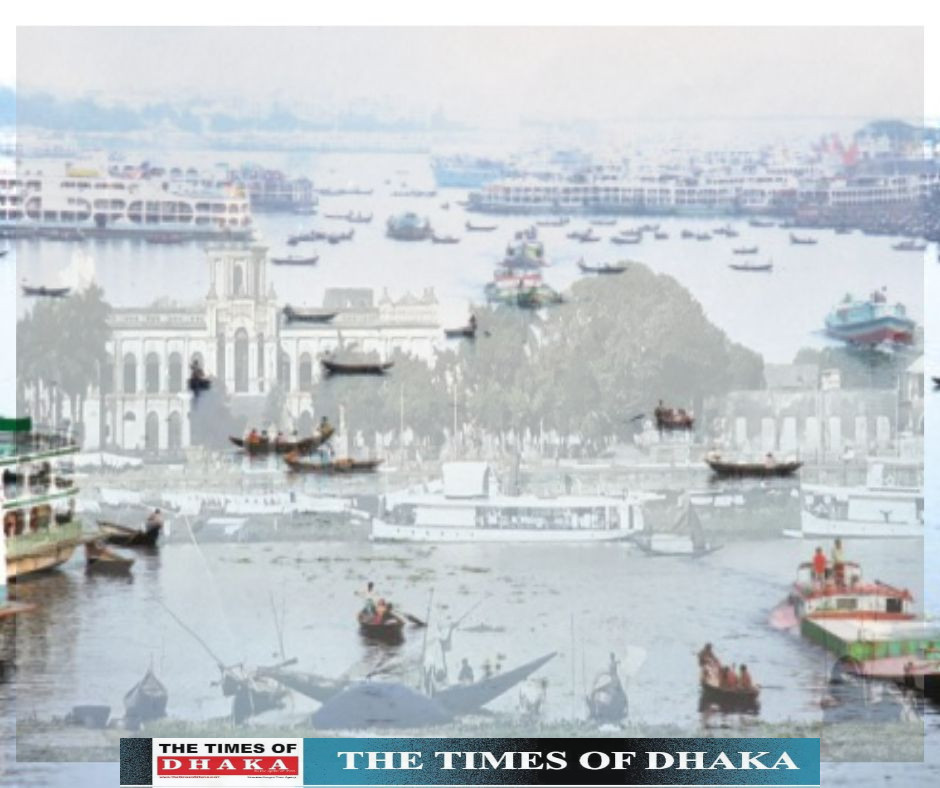
The Buriganga River is intricately linked with the capital of Bangladesh, Dhaka. This river is not merely a natural watercourse but is deeply connected to the history, culture, and economy of Dhaka. The history of the Buriganga River serves as a living testament to how a river can play a vital role in the development of a city and the livelihood of its people.
The name “Buriganga” is derived from the words ‘Buri’ (old) and ‘Ganga’ (holy river). It is believed that the Buriganga River was originally an ancient branch of the Ganges River, which later became the main waterway for Dhaka. Some historians suggest that the river’s water was considered sacred, akin to the waters of the Ganges.
The Buriganga River has been the heart of Dhaka’s life for centuries. During the Mughal era, particularly under the rule of Subahdar Islam Khan in 1608, when Dhaka was established as the capital of Mughal Bengal, the Buriganga River became the primary channel for trade and transportation. The river played a crucial role in the city’s development, with Dhaka’s economy and commerce heavily dependent on it.
The Buriganga River was the main driving force behind Dhaka’s economy. The ease of transporting goods by river made it the preferred mode of transportation for traders. Jute, rice, sugar, cloth, and various other products were easily brought to Dhaka via the Buriganga. Additionally, cottage industries and other small businesses flourished along the riverbanks, enriching Dhaka’s economy.
The Buriganga was an integral part of the lives of Dhaka’s people. The riverbanks were a central hub for festivals, religious events, and social gatherings. During Pahela Baishakh and other religious festivals, the riverbanks would be crowded with people. The water of the Buriganga was intertwined with many aspects of daily life in Dhaka, such as household chores, bathing, and fishing.
**Current Condition of the River:**
Unfortunately, the Buriganga River is now severely polluted. Industrial waste, household garbage, and other pollutants have contaminated the river, making the water unsuitable for use and endangering aquatic life. The once glorious history of the river has now become merely a memory.
The Buriganga River is an inseparable part of Dhaka’s history. It is not just a river but a witness to the history of Dhaka, a part of the lives of its people. Restoring the former glory of the Buriganga requires awareness and effective initiatives. The river is not only a chapter in history but can also play a significant role in Dhaka’s future if properly preserved.

 A.B.M. Abir
A.B.M. Abir 






















